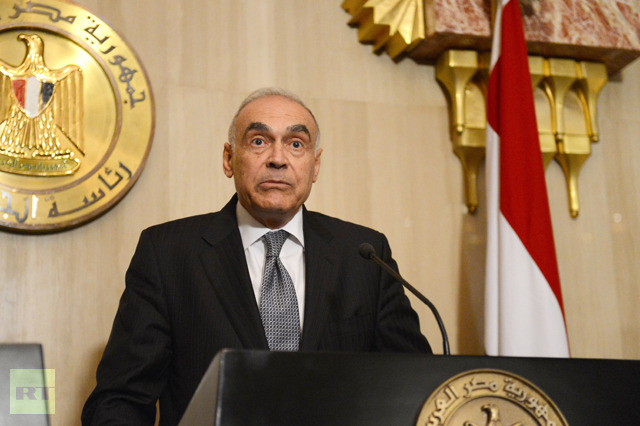Almost everything has changed since Israel and Syria were last involved in peace negotiations seven years ago. The Israeli-Syrian conflict still exists, but it has become only one of many hot fronts in the global war of cultures and religions. Israel clearly sides with the Western and democratic world in this global confrontation and Syria is an active member of what has been called the “axis of evil coalition – overtly siding with Iran, Hezbollah, Hamas and the other Islamic fundamentalist forces.
Seven years ago, Israel and Syria could not work out a bilateral “land for peace deal. Even US President Bill Clinton’s personal effort did not help. Today such a deal is no longer even on the agenda; a much broader arrangement has to be worked out to fit contemporary circumstances. We can describe it as “withdrawal for reorientation – an Israeli withdrawal from the Golan Heights in exchange for a total reorientation of Syria’s regional and global policies. Such a deal might drastically change or even put an end to the ongoing global conflict of cultures.
Here is a possible scenario for how things might develop:
First, Israel announces that sovereignty on the Golan Heights will be Syrian. Syria simultaneously announces that it is severing its military contacts with Iran and Hezbollah, expelling the Hamas official Khaled Meshaal from Syria, and ceasing in any way to assist the insurgents in Iraq. Actual withdrawal from the Golan does not begin before these changes in Syria’s policy are fully introduced. A trilateral American-Israeli-Syrian committee is established to monitor Syria’s regional activities and set the withdrawal timetable accordingly.
Second, once the trilateral committee acknowledges that Syria has changed its regional orientation, Israel and Syria launch peace negotiations aimed at a full Israeli withdrawal from the Golan Heights within five to 10 years.
Third, the sides agree that most of the Golan Heights becomes a nature reserve. Israelis and Syrians are not allowed to reside there, but are able to visit for tourist purposes and to work in those tourism, agriculture or industrial projects that both sides agree upon.
Fourth, the entire area of the Golan is fully demilitarized.
Fifth, Syria may not alter the flow of water in the region; Israel is not deprived of the quantities of water it draws upon today from sources on the Golan Heights.
Sixth, Israel and Syria sign a peace treaty and establish full diplomatic ties aiming at complete normalization of relations between the two countries and peoples.
Seventh, once Israel and Syria have signed their bilateral agreement the United States removes its embargo on Syria and reverses all relevant anti-Syrian congressional and administration decisions.
And eighth, Syria agrees to look into the possibility of granting citizenship to its Palestinian refugees; the international community takes upon itself full responsibility for their rehabilitation.
The Syrian window of opportunity is wide open. No less important is the fact that the Palestinian window looks tightly closed. The newly beautified Hamas government still does not show any sign of readiness to recognize the existence of the state of Israel. It looks unlikely that Israel will negotiate peace with the present Hamas-led government. The capacity of Palestinian President Mahmoud Abbas to march alone into negotiations with Israel looks even more restricted than before the recent Saudi-sponsored inter-Palestinian arrangement signed in Mecca.
The Syrian-Iranian alliance is not a natural one for Damascus. A “territories for reorientation agreement with Syria seems possible. It might not be a very popular deal with the relevant publics in Syria, Israel and the US, but it is the task of leaders to lead their peoples toward a better future and a better world. The popular majority in all three countries will end up supporting the agreement once it is a done deal. Alon Liel was director general of the Israel Foreign Ministry under the Barak government, and beginning in 2004 he participated in unofficial contacts with Syrian representatives, to agree to a framework for a Syrian-Israeli settlement. He now lectures at the Hebrew University in Jerusalem, Tel Aviv University and the Interdisciplinary Center in Herzliya. This commentary first appeared at bitterlemons-international.org, an online newsletter.

